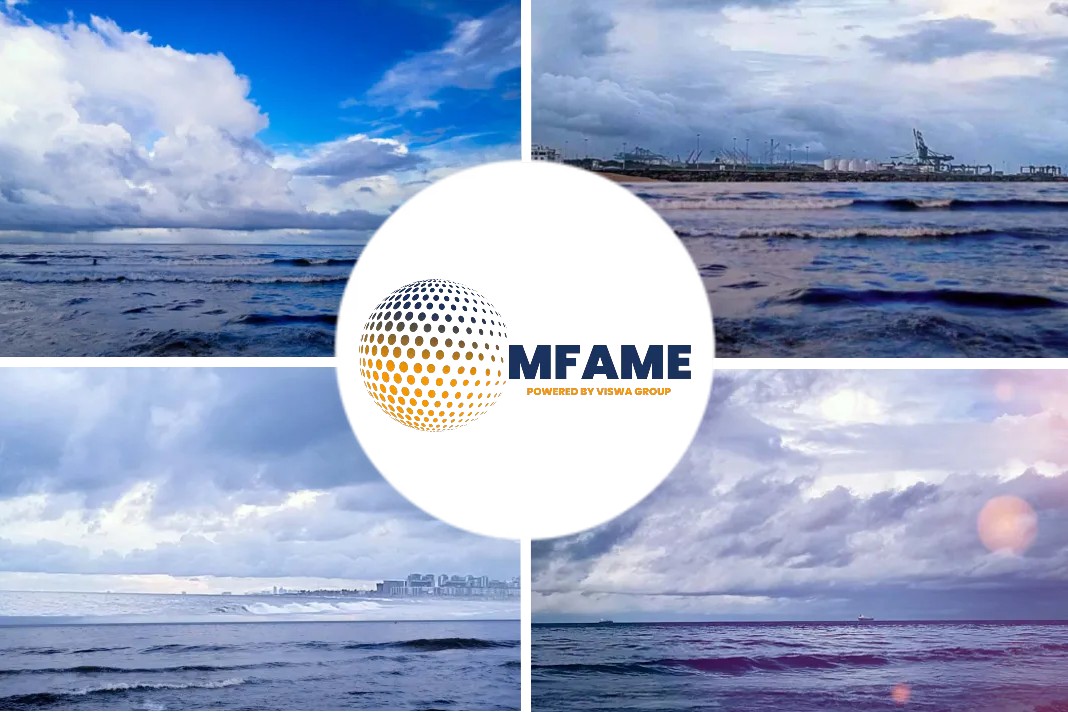
While the EEXI is a one-off design-focused protocol granting a ticket to trade for existing ships, the CII as a measure of operational energy efficiency is the primary mechanism to reduce emissions going forward. Based on Annual Efficiency Ratio (AER) results, vessels will be awarded CII ratings ranging from A to E. All ships will be required to keep a verified Ship Operational Carbon Intensity Plan (SEEMP Part III) on board laying out the owner/operator’s plan to improve its CII rating over the following three years.
Perils Of Poor Score
As emissions data becomes more widely available and public interest in the lifetime carbon footprint (including marine transport) of products increases, CII ratings could potentially become a key criterion in ship chartering. A poor rating may impact vessels’ attractiveness, which is bad for business and a reputational risk. Meanwhile, alongside the Sea Cargo Charter promoting greener shipping, banks are also encouraging decarbonisation through the Poseidon Principles. With emissions increasingly factored into lending decisions, poor vessel scores could very well become a hindrance in the quest for cash and, in line with ESG reporting requirements, even affect investor confidence in listed companies with poor-performing assets.
Market Response
Market players looking to reduce emissions in the short term without requiring expensive retrofitting of main engines are responding mainly by slow steaming. Some are adopting standalone fuels like methanol, with the use of drop-in biofuels also projected to grow. However, given current limited availability of biofuels, slow and super-slow steaming remain the most economical strategy. Slow steaming suits some vessels better – for example, container ships on fixed trades where sailing times can be optimized to match just-in-time logistics – while not all can viably adopt slow steaming, like ferries on fixed schedules.
Upside Of Slow Steaming
The major operational benefit of slow steaming is reduced fuel consumption and, when fuel prices are high, reduced fuel spend. Jonas Ostlund, Product Manager for Oil Solutions, gives an example, “For a containership sailing a long-haul route of 3,200 km, reducing average speed from 16 knots to 14 knots would sacrifice only around a day, but capture over USD 80,000 in fuel savings (as well as 380 tons of CO2). Lube oil consumption is also reduced due to lower load on the engine. In terms of physical asset benefits, slow steaming reduces vibration and wear and tear on the hull especially in heavy seas.”
Improving Efficiency
FuelPower Catalyst helps to improve combustion while also ensuring stability and homogeneity (uniformity) of fuel when injected into the engine. Reducing soot formation helps to keep both the engine and EGB clean and running at high efficiency. “Improving fuel combustion while keeping engines and exhaust systems clean is a cost-effective measure to minimize operational issues as the industry races to decarbonize,’ says April Teo, Business Manager, Oil & Water Solutions at Wilhelmsen Ships Services (WSS).
Clean Power In Action
To measure the performance of FuelPower Soot Remover Liquid Plus, another WSS customer conducted a 10-month trial on a Ro-Ro vessel slow steaming on a set route between Japan, Europe and the US. At the outset, the EGB had to be cleaned every two months as a result of deposits leading to fluctuating temperature and pressure readings. Following the installation of the dosing unit, temperature and pressure remained constant throughout the trial period. The ship continued to use the product after the 10 months were up, with the EGB first requiring cleaning only after 16 months. This demonstrates the product’s excellent performance in keeping the EGB clean over time.
Did you subscribe to our newsletter?
It’s free! Click here to subscribe!
Source: Wilhelmsen






















